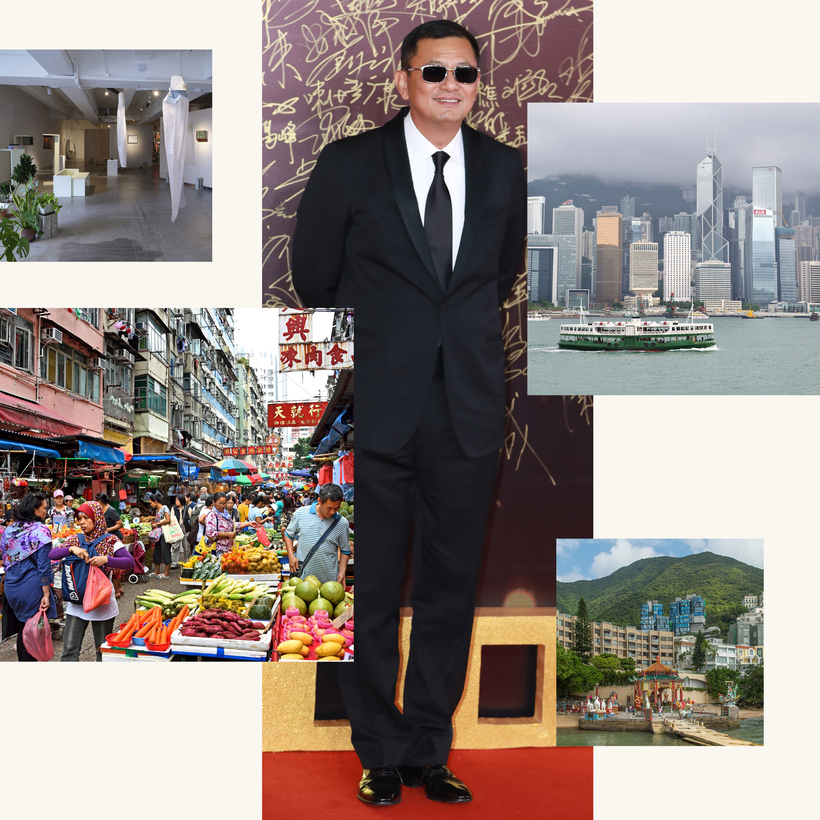In 1963, when Wong Kar-wai was five years old, his parents fled from Shanghai to Hong Kong. Wong’s two older siblings weren’t so lucky—with the Cultural Revolution looming, the border closed before they could make it across. The family wouldn’t reunite for 10 years.
But life in the port city was good. The stock market was on the rise, and the cultural scene—which was beginning to embrace Chinese tradition—flourished. In 1980, Wong started working as a screenwriter for a local T.V. station. But he wasn’t enthused by this early work: He searched for more meaning.
In 1988, as the Hong Kong film industry entered its golden age, Wong directed his first feature, As Tears Go By, a crime film that aligned with the popular gangster genre. Critics soon hailed him as embracing “Hong Kong’s New Wave.” His later films, Happy Together (1997), In the Mood for Love (2000), and The Grandmaster (2013), moved away from gangsters and into his signature nonlinear narratives, which are characterized by excellent cinematography in exuberant color. Here, the award-winning director shares his guide to the city that shaped him.

Para Site
An artist-founded independent art space dedicated to showcasing emerging talent and fostering social and artistic discourse. It provides a good glimpse of what will matter in the future. (para-site.art)
Central–Mid-Levels escalator and lan fong yuen
The Central escalators wind their way up the hill in the bustling business center of the city. Make a midpoint stop at Lan Fong Yuen on Gage Street to grab a milk tea. If you’re hungry, add some satay beef noodles. (hklanfongyuen.com)
Tai Kwun
One more flight uphill and you’re at the revitalized Tai Kwun complex, where the heart of the justice system was once located. The former court, jail, and police station have become restaurants and cultural venues, often showcasing experimental programs. (taikwun.hk)

The Repulse Bay
A lot has changed in Hong Kong in the last 80 years, but the serene view of the bay from the former Repulse Bay Hotel, now a collection of stylish restaurants and a supermarket, is still the same as the one in Eileen Chang’s Love in a Fallen City, a wartime love story from 1943. (therepulsebay.com)
Sham Shui Po dai pai dong
This historic, predominantly lower-income neighborhood comes alive at night with streetside open-fire cooking, known as dai pai dong, and street stalls that sell colorful provisions for locals.

Yau Ma Tei Fruit Market
With its maze-like structure, this century-old market wholesales a wide variety of fruits, both common and rare, from around the world. Its bustling energy spills onto the streets from midnight until sunrise—you can partake in the action at stalls open to consumers.
Chung Kee Store
This village restaurant serves family recipes made from local produce. Chung Kee is situated at the end of a car-free trail that begins at the easternmost tip of Hong Kong. During the 40-minute walk, you’ll pass through mangroves and see the Shenzhen cityscape across the bay.

the Star Ferry
Take a 10-minute ferry ride in Victoria Harbor, where you can people-watch, sea-gaze, or self-reflect in the very waters that birthed the city. (starferry.com.hk)
